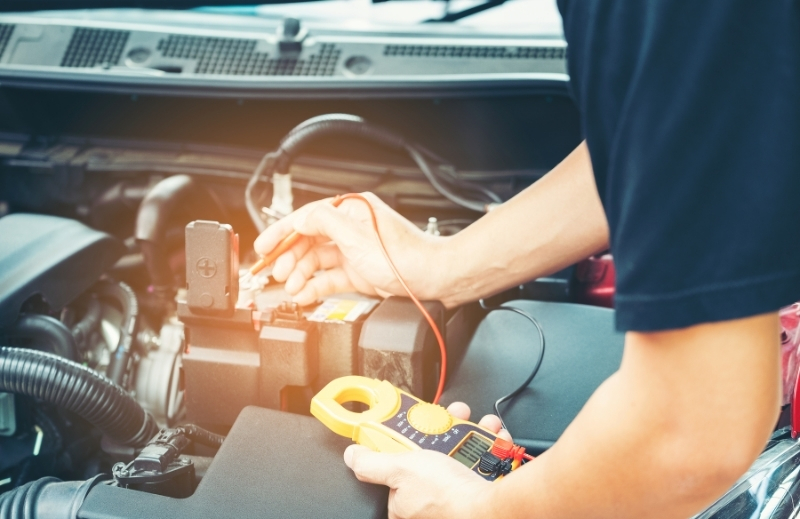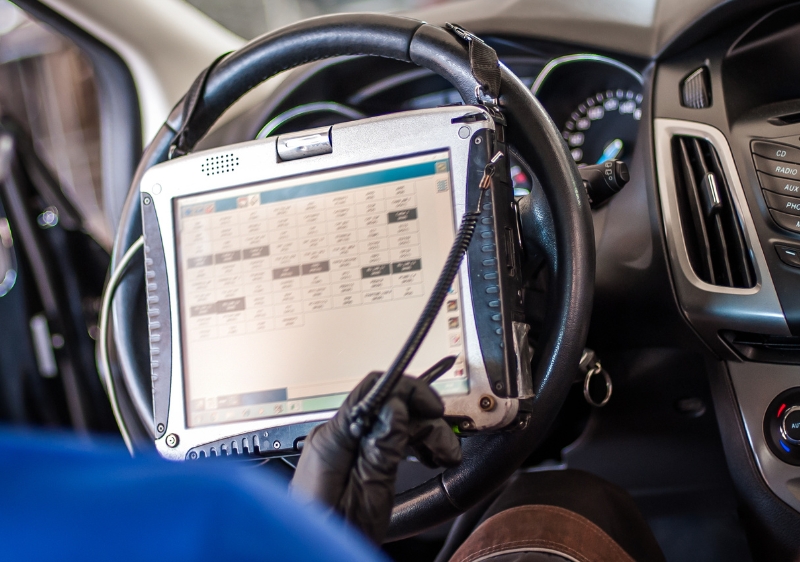
F ailure analysis is the systematic process of investigating and understanding why a component, system, or product has failed to perform as intended. In the context of automobile manufacturing, this could range from a minor malfunction in a single part to a more critical failure affecting overall vehicle performance or safety.
Liaising for failure analysis involves seamless communication and collaboration between various departments and external partners. This includes engineers, quality assurance teams, suppliers, and sometimes even customers. By facilitating an open dialogue and sharing of information, liaising ensures that all relevant parties are involved in identifying and resolving issues efficiently.
- Identifying Potential Problems: Liaising for failure analysis begins with identifying any potential issues or failures that could occur during the manufacturing process or in the vehicle's performance later on. This could involve monitoring various stages of production, testing, and gathering feedback from customers or field reports.
- Collaboration Across Teams: It's essential for different teams within the manufacturing process to collaborate effectively. Liaising involves coordinating efforts between engineers, technicians, quality control specialists, and other relevant stakeholders to gather information and insights into potential failures.

After identifying the root causes of failures, liaising professionals work with relevant teams to implement solutions.

Liaising for failure analysis is an ongoing process aimed at continuous improvement.
- Gathering Data and Evidence: Liaising professionals gather data from various sources to understand the root causes of failures. This might involve collecting performance data, conducting tests, examining faulty parts, or analyzing reports from the field.
- Analyzing Failures:Once data is gathered, it's analyzed to determine the underlying reasons for the failures. This could involve using advanced tools such as computer simulations, forensic analysis, or statistical methods to pinpoint the root causes.
- Communicating Findings: Clear communication is crucial in liaising for failure analysis. Professionals in this role must effectively communicate their findings to relevant stakeholders, including engineers, managers, and decision-makers. This ensures that everyone understands the nature of the problem and can work together to find solutions.
